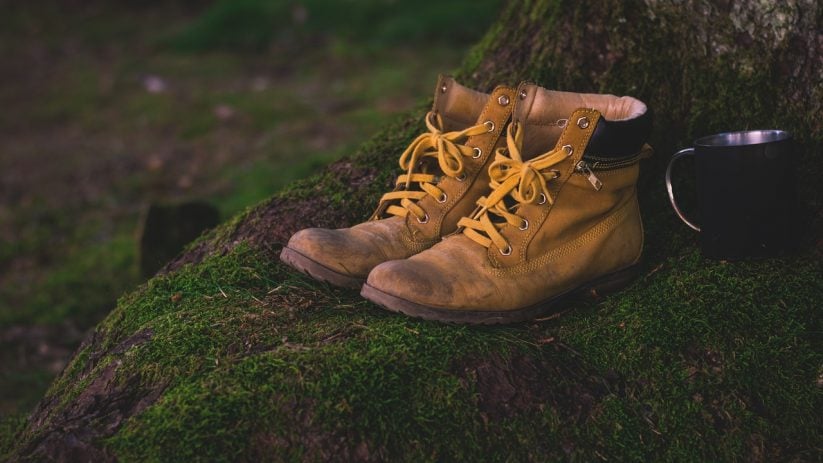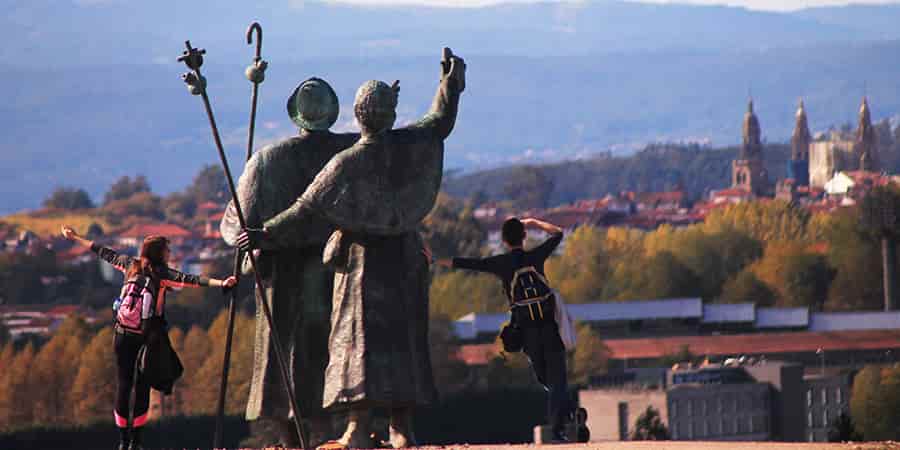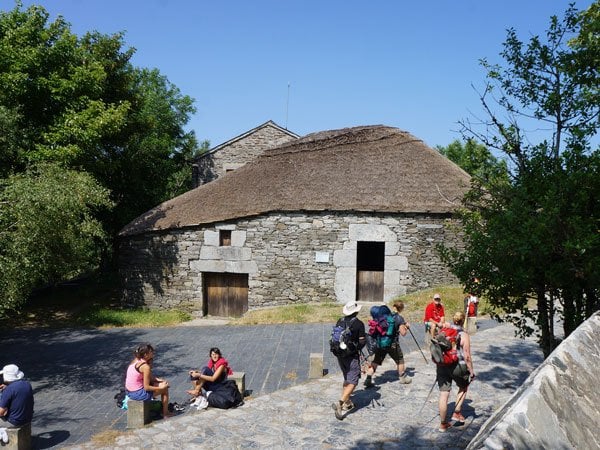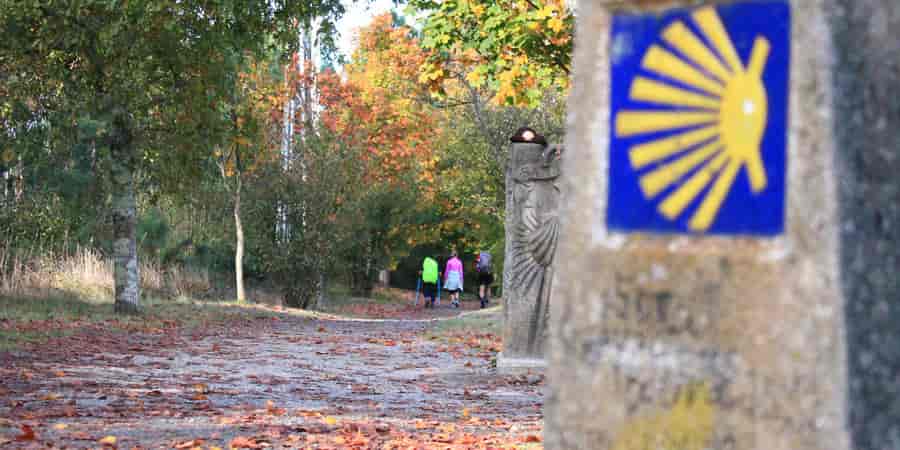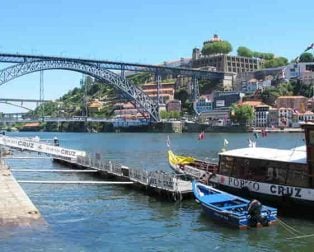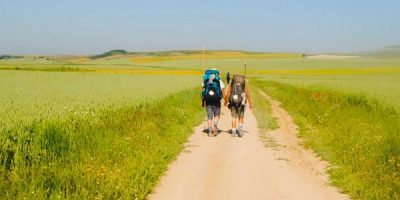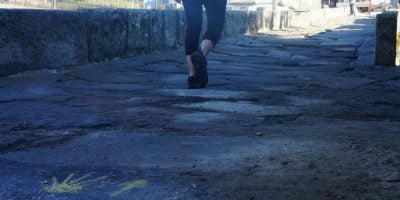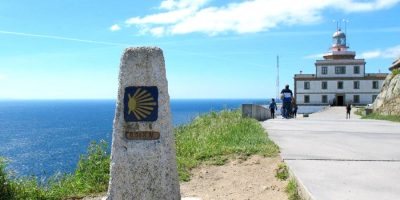A question we often hear is whether you really need to train for the Camino de Santiago, or if it’s possible to complete the walk without much preparation. While many people do manage without formal training, being prepared can make the journey far more enjoyable. To support you, our travel experts have created a list of straightforward tips to help you get started. If you’re planning your pilgrimage, you can also download our free 6-month fitness eBook to help you train for the Camino de Santiago with confidence.
Train for the Camino de Santiago: Some basics
Embarking on a cycling or walking journey along the Camino requires some essential preparation. To ensure you’re ready for the adventure, it’s advisable to begin your training regime about one to two months before your trip. The specific nature and intensity of your training should be tailored according to the chosen Camino route, the length of the trail, and the specific terrain characteristics of the area you’ll be exploring.
Engaging in a training program can significantly enhance your experience. It not only prepares you physically but also plays a crucial role in minimising the likelihood of encountering common, yet easily preventable, injuries such as blisters or strained tendons.
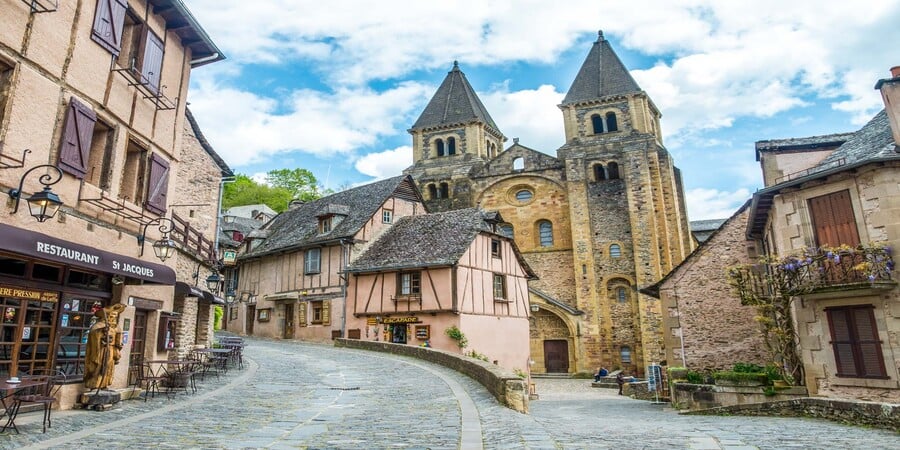
Walking the Camino
To avoid blisters on the Camino, it’s essential to break in your walking shoes well before your journey begins. Make sure they are properly fitted and worn in, so your feet are comfortable and supported every step of the way. If you’re already maintaining a good level of fitness, aim to undertake walks that span 3 to 4 hours in duration, ideally two to three times a week, as part of your preparation for walking the Camino. This regimen will help you build endurance and comfort for your upcoming journey.
When packing for your trip, remember to include a few essentials: a comfortable pair of walking shoes or boots, a compact backpack equipped with extra blister plasters, a refillable water bottle for hydration en route, and your pilgrim certificate for collecting those cherished stamps along the way.
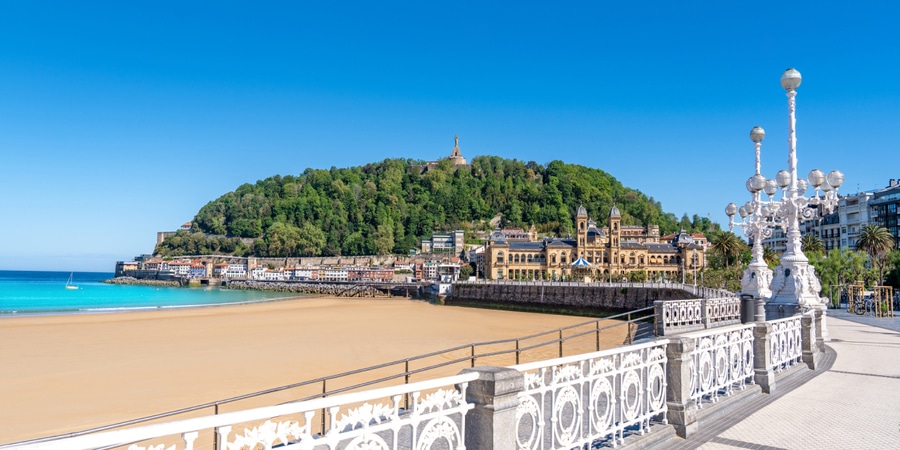
Cycling the Camino
Dust off your old bicycle from the basement, challenge yourself with a few hill rides, participate in a spinning class, and ensure you complete a 30 km (20 miles) cycle at least once as part of your preparation for cycling the Camino. Since the terrain can differ based on the Camino route you select, it’s wise to consult with our travel specialists before finalising your cycling route. Key items for your cycling adventure include a pair of padded shorts for added comfort on the bike, shoes that are both comfortable and offer good grip, a water bottle for hydration, and your certificate, essential for cycling the Camino.
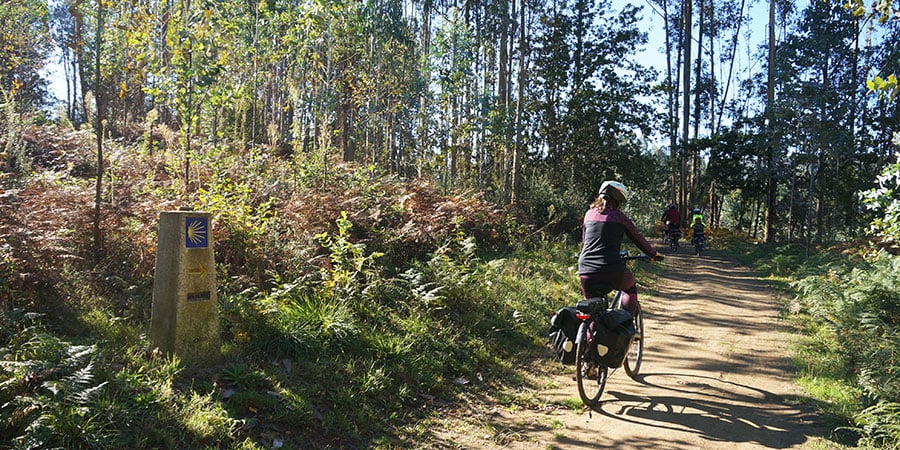
Training to walk the Camino
Pre-Trip Physical Training
Early Stage: Gentle Training
Begin your physical training with an emphasis on variety, incorporating both flat and mountainous terrain. If your routine already includes a walk or hike each weekend, this will be a solid foundation for your training 5 to 6 months before your trip.
Mid-Stage: Increasing Distance
Progressively increase the distance you walk each week, aiming to reach a distance of 20 km (12.5 miles) about two weeks before your departure.
Practice with Gear
It’s important to walk with your day backpack and gear to get accustomed to the weight. Adjust your load as needed, but remember, if you’re travelling with CaminoWays, your main luggage will be transferred from hotel to hotel, so a day backpack for your liquids and other essentials is all you’ll need.
Stamina Building: Running and Walking
Incorporate running into your training, ideally starting in the middle of your first month. This helps in building stamina and resistance, which are crucial for the journey ahead.
Listening to Your Body
Pay close attention to your body’s signals both during training and while on the Camino. If you feel the need for a rest, it’s likely a sign that you should take one. Your body’s feedback is crucial in avoiding overexertion.
Remember if you’re looking to experience the Camino de Santiago or the Via Francigena at a more relaxed pace, we offer a Camino Easy Walking Collection which will allow you to walk at your own pace. It’s ideal for those new to walking holidays or who feel like they wouldn’t physically be able to walk 20-30km (12-19 miles) daily. Instead, you will walk between 10-15 km (6-9 miles).
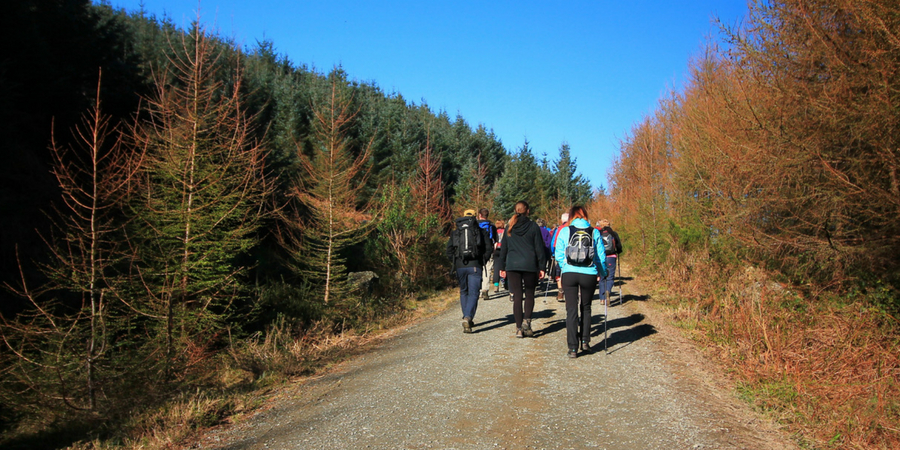
The Camino Countdown: Your 3-Month Training Plan
3 Months Before the Camino
- Week 1: Start with 30 minutes of walking.
- Week 2: Increase to 30 minutes continuously.
- Month 1 Goal: Walk 30-40 minutes, twice a week. Focus on acclimatising your body to regular walking rather than covering large distances.
2 Months Before the Camino
- Gradually extend walks to 1-2 hours, once or twice a week.
- Always wear your full walking gear during training, including your shoes, and remember to carry water. If you plan to use walking poles on the Camino, practise with them in advance to get comfortable.
1 Month Before the Camino
- Maintain the same duration of walking (1-2 hours), but now include essential gear like food, water, and a rain jacket.
3 Weeks Before the Camino
- Shift focus to distance, aiming for 10km (6 miles) walks.
- Start adding extra gear to your pack if necessary.
2 Weeks Before the Camino
- Target a walk of 15km (9 miles) this week to test your endurance.
1 Week Before the Camino
- Assess your gear for comfort and make any necessary adjustments or additions.
- Walk 15-20km (9-12.5 miles) with all your gear.
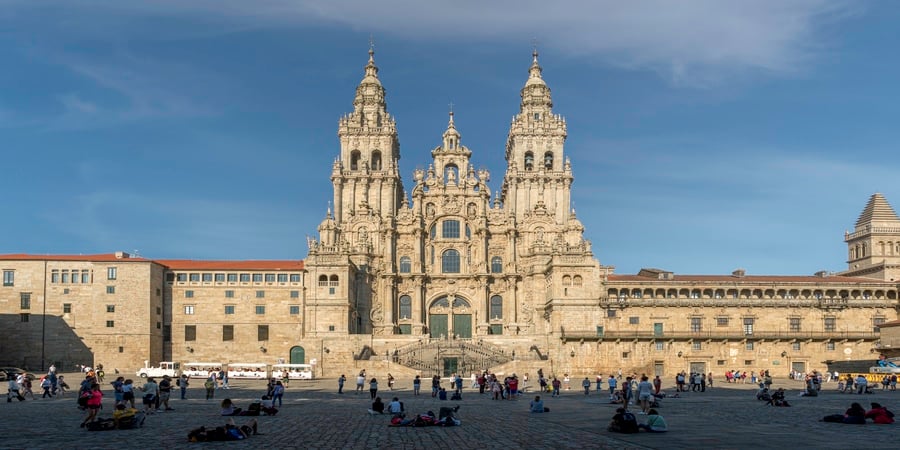
Remember, walking the Camino de Santiago will be challenging but it should also be an enjoyable and unforgettable experience. A bit of preparation will help you on your way.
For more in-depth training tips, download our free six-month fitness eBook. Contact us for more information about the Camino de Santiago routes or to book your trip. Buen Camino!
